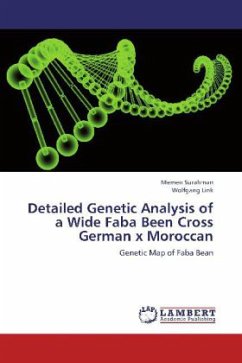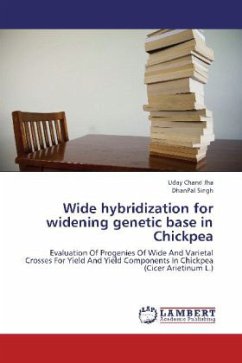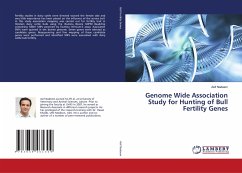As an additional tool for the genetic improvement of faba bean, an Old World grain legume, a preliminary linkage map of a wide cross was established and several QTL for agronomic traits were identified. All factors in the field experiments, the F7 lines of the cross (N = 253), the two locations and their interactions significantly affected the agronomic traits, except for the effect of genotypes on grain yield. To create a linkage map, RAPD markers were established for this cross and the 57 RI F7-sample lines. A total of 77 markers were assayed segregating in the 57 RI lines and grouped into 14 linkage groups. The average distance between markers of the recent faba bean map is 14.66 cM Haldane, the map can be considered as sufficiently dense for a QTL analysis. In this study, seven QTL were detected. Three QTL, one for time to flowering, one for time to maturity, and one for plant height, respectively, were fully linked with the marker AK18500. These findings may well stimulate and improve the molecular breeding research in faba bean.
Bitte wählen Sie Ihr Anliegen aus.
Rechnungen
Retourenschein anfordern
Bestellstatus
Storno








